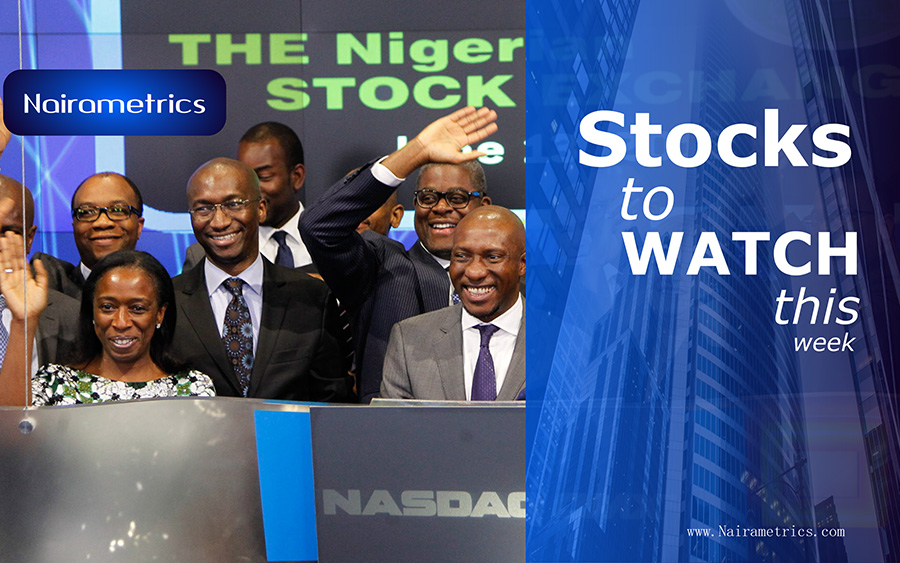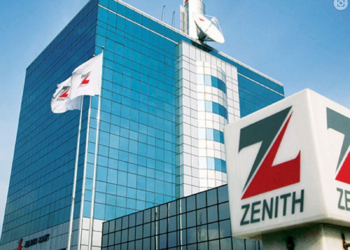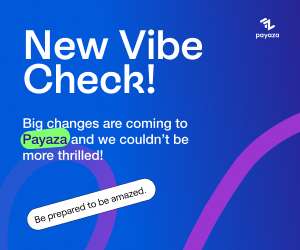Stocks to watch comprises the top gainers and losers from the previous week, as well as companies having corporate actions.
Stocks to watch is not a Buy/Sell/Hold list.
Zenith Bank Plc
Zenith Bank tops the watchlist this week by virtue of holding its Annual General Meeting (AGM) today. AGMs are opportunities for management teems to shed light on plans for the current year.
UBA Plc
UBA Plc takes the second spot this week by virtue of the bank releasing its results last Friday. Banks typically tend to hold conference calls following the release of their full year or half year results. UBA could thus hold its call sometime this week.
Calls typically provide opportunities for management teams to shed light on their plans for the coming year, as well as provide deeper insight into the results.
FBN Holdings
FBN Holdings has a spot on this week’s watchlist by virtue of being the only tier one bank that’s yet to release its full year 2018 audited results. Though the company tends to release its full year results in April from precedence, it would make proper sense to keep the stock on a watchlist till then.
Diamond Bank Plc
Diamond Bank has a spot in this week’s watchlist by virtue of its impending merger with Access Bank, which released its full year results last Friday. Diamond Bank should release its full year 2018 results sometime before the merger.
Berger Paints Nigeria Plc
Berger Paints has a spot in this week’s watchlist by virtue of the company holding a board meeting on March 19, 2019 to consider its FY 2018 audited results. The result could therefore be released within the trading week.
Cadbury Nigeria Plc
Cadbury Nigeria Plc will be releasing its audited 2018 results on March 20, 2019, going by the wordings of a notice, sent recently.
CAP Plc
CAP Plc will be having a board meeting on Wednesday March 20, 2019 to consider its audited financial statements and other agenda items. The company, from all indications, would release its full year results within the week.
Julius Berger Nigeria Plc
Julius Berger Nigeria Plc will hold board meetings on March 19 and March 20, 2019 to consider the company’s audited full year 2018 results.
The company could thus release its results sometime this week.
STACO Insurance Plc
STACO Insurance Plc will hold a board meeting on Wednesday 20th of March, 2019, to consider a share reconstruction and capital raise.
If approved, the move could lead to a rally in the stock’s share price.
11 Plc
11 Plc (formerly known as Mobil Oil Nigeria Plc) will be releasing its full year 2018 results on Friday March 22, 2019, hence its place in this week’s stocks to watch. The company’s 9M 2018 results showed a marked improvement, and similar full year results could lead to an uptick in its share price.



















